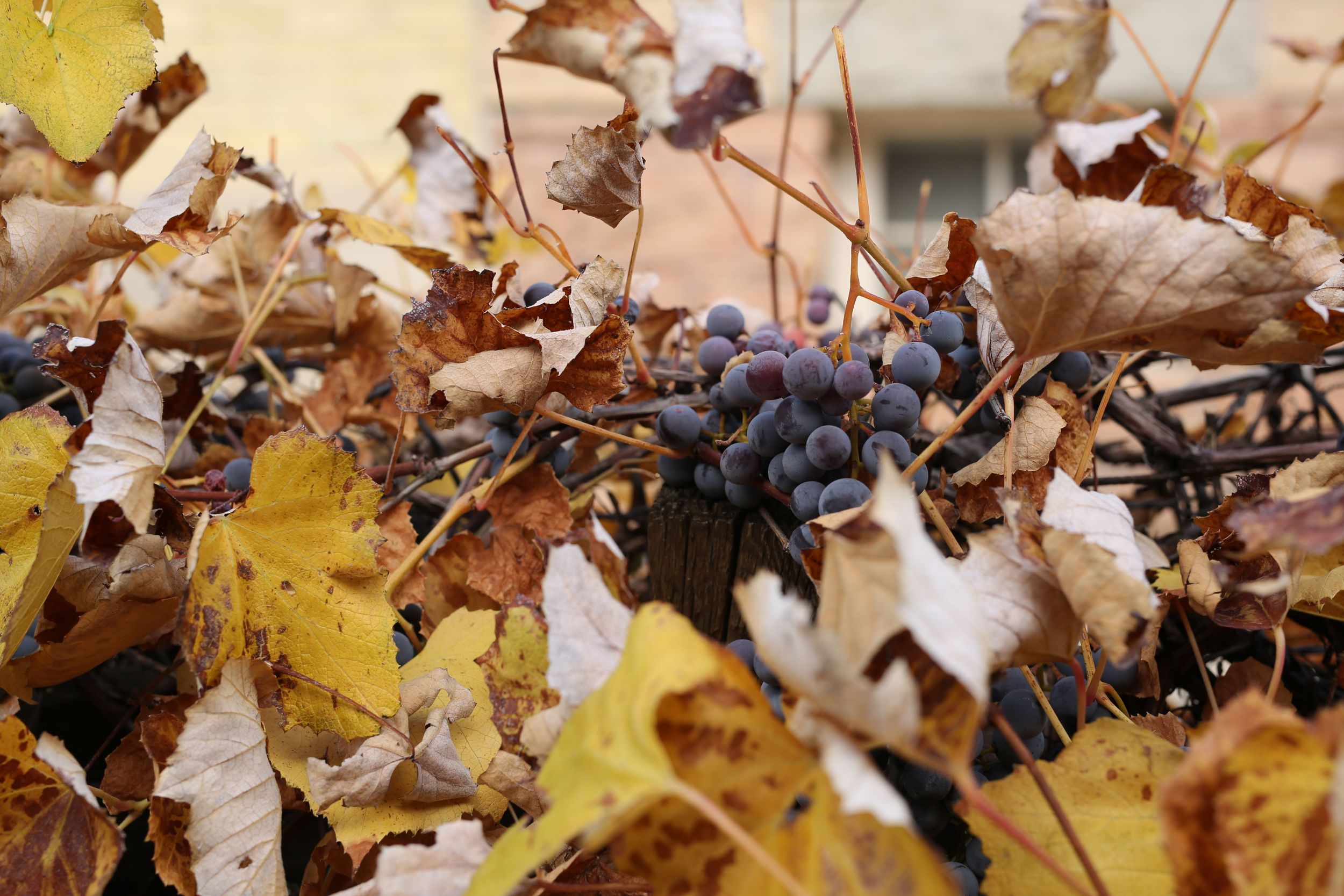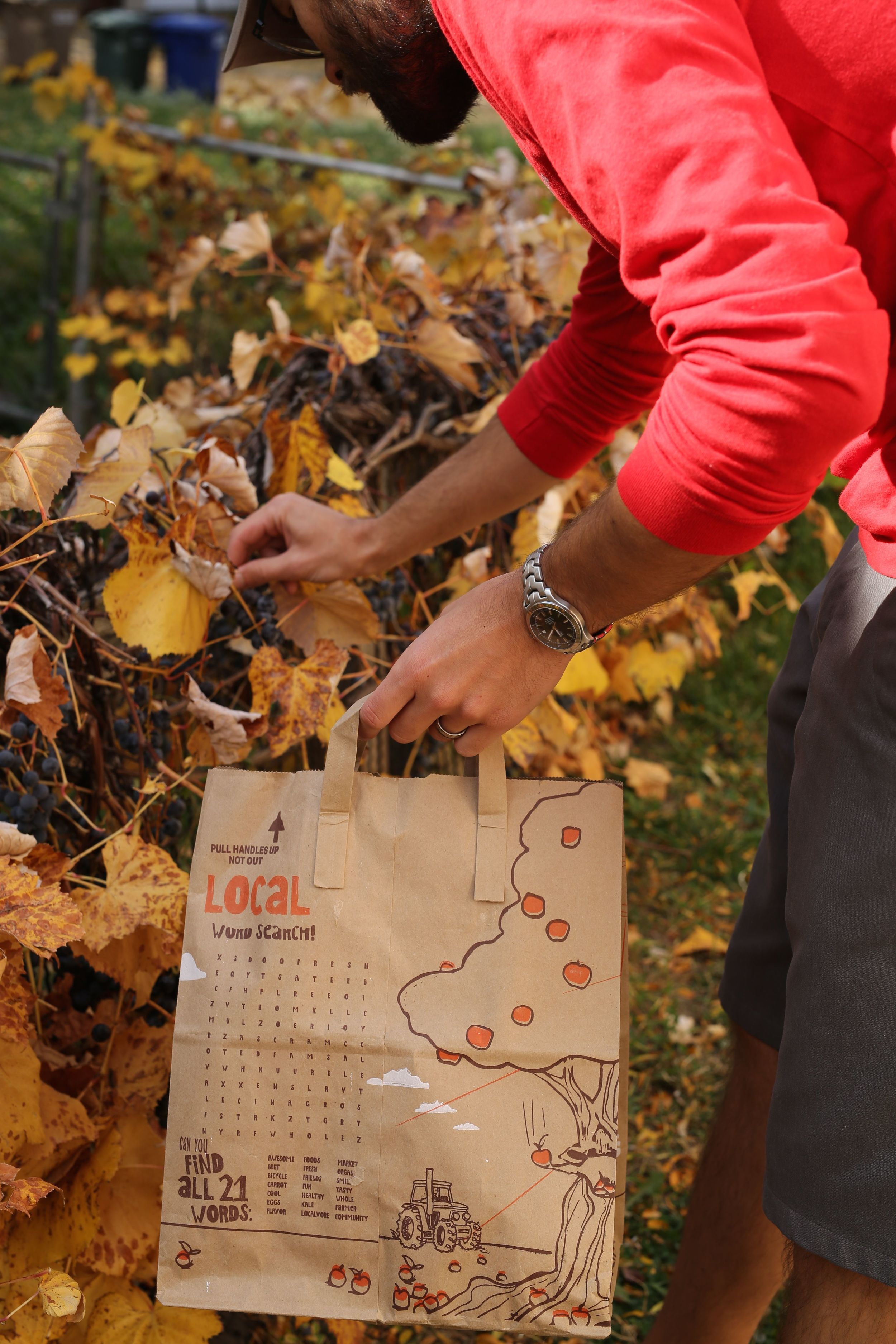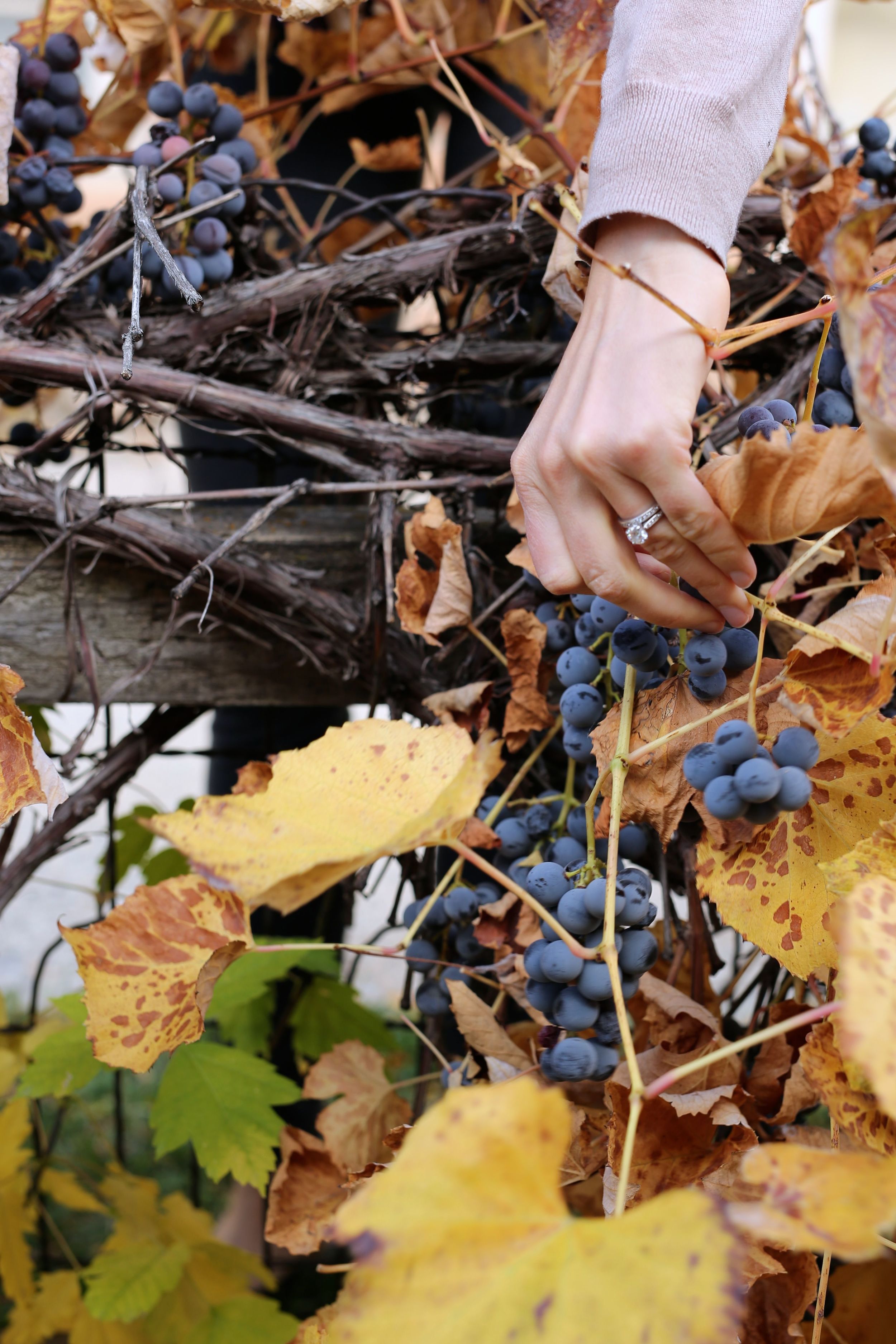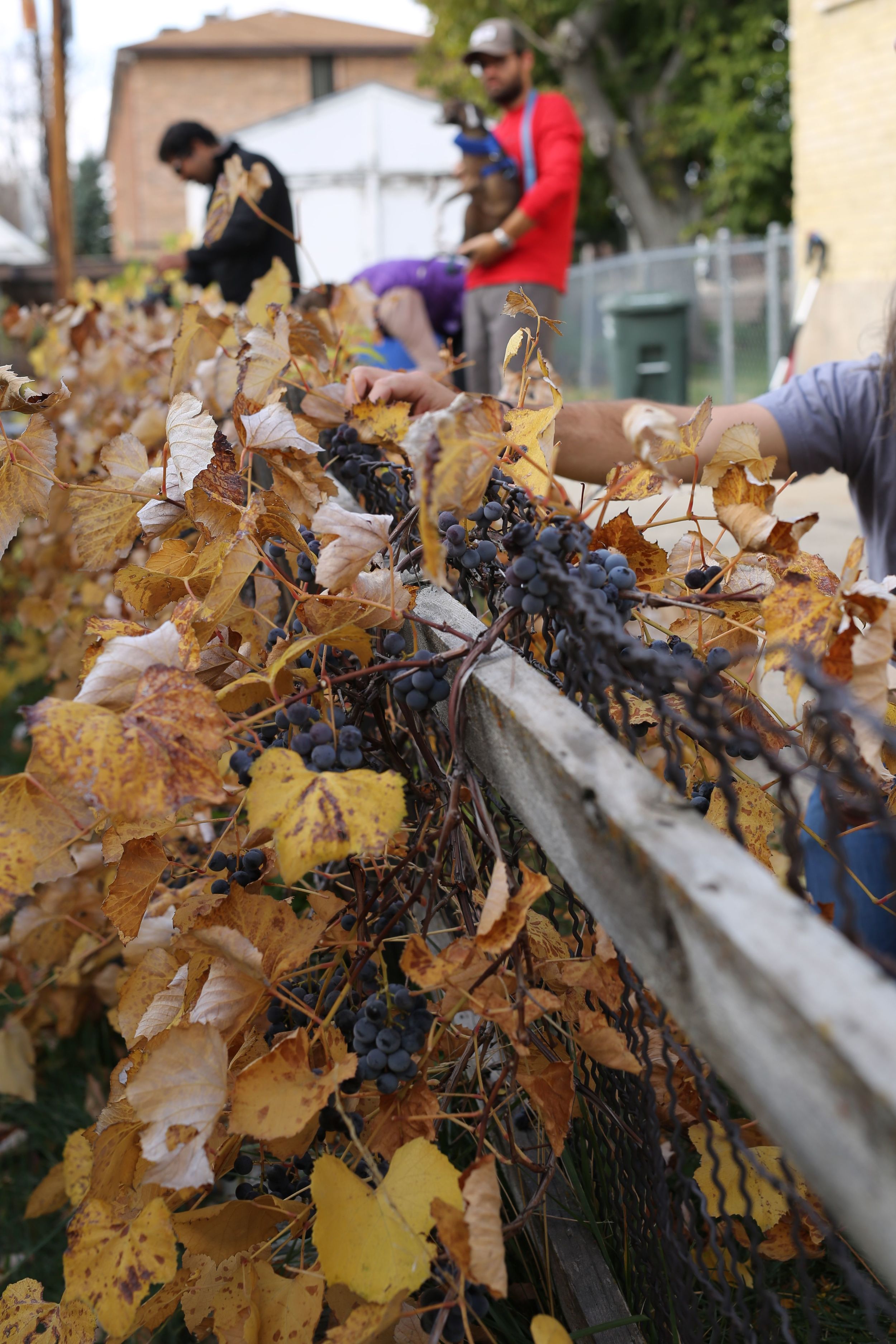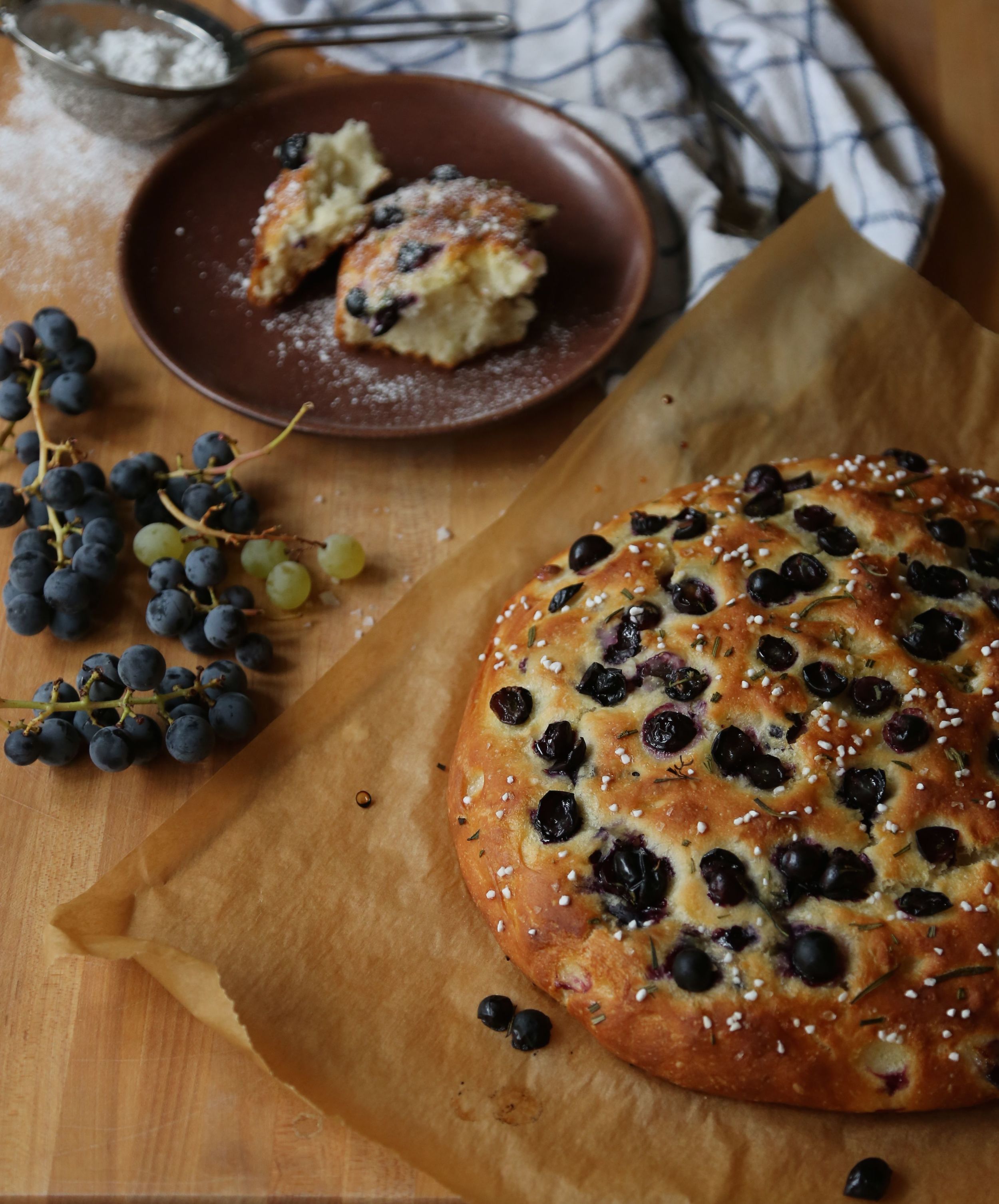I am a soup person 365 days out of the year, but if I had to limit my intake to one season, it would be winter. There is a place in my heart that goes soft for homely cabbages and cauliflower, and especially so for squash. While summer vegetables like tomatoes tend to play a harmonic role in soup, with a constant, identifiable presence, winter vegetables are melodic and subtle and infinitely supportive of complex flavors. They can be gently nudged towards sweetness, or given immense savory depth. I especially love swirling bright green, herby oils into creamy squash soups, a crucial addition to help stave off my longing for spring.
The following recipe is based on the classic flavor trio of butternut squash, browned butter, and sage, but the soup itself is basic enough that it can be drastically altered by the garnishes and flavorings. I've included a few ideas below, and I would love to hear the ways in which you choose to enjoy this soup yourself. But if I may offer a suggestion, I think you should make the sage breadcrumbs regardless of whether you plan to use them on the soup. They keep for weeks, though they probably won't last very long since, if you're like me, you'll want to sprinkle them over everything.
Roasted Vegetable Soup with Browned Butter and Sage
serves 4-6 as a starter
1 butternut squash (weighing about 2 pounds), peeled and cut into large (1 1/2-inch) chunks
4 small parsnips, peeled, cut into 1 1/2-inch chunks
1 cauliflower, cut into florets
olive oil
3 tablespoons butter
1 onion, diced
2 cups sliced leeks (roughly 2 medium leeks; once sliced, rinse thoroughly to remove any grit, then drain before using)
lemon juice, to taste
salt, to taste
For the garnish:
A small knob of butter (1 1/2 - 2 tablespoons)
1 cup fresh breadcrumbs
2 tablespoons chopped fresh sage + 12 small fresh sage leaves
osher salt
Preheat the oven to 400˚F. Line two baking sheets with parchment paper. Place the butternut squash and parsnips together on one baking sheet, and drizzle with olive oil. Place the cauliflower florets on the second baking sheet, and drizzle with olive oil. Put both baking sheets in the preheated oven, and roast, turning occasionally, until the vegetables are fork tender and beginning to turn golden brown (20-30 minutes).
Meanwhile, heat the 3 tablespoons of butter in a large pot over medium-low heat, and add the onions and leeks. Cook slowly, stirring frequently, until the onions and leeks are soft, translucent, and taste mellow and sweet. Add the butternut squash, parsnips, and half of the roasted cauliflower (reserve the rest) to the onions and leeks, plus a pinch of salt, and pour in enough cold water to just cover the vegetables. Bring to a simmer, and cook for about 10-15 minutes to further soften the vegetables.
Once the vegetables are soft, turn off the heat and purée the soup using a stand blender or immersion blender. Add additional water if necessary to create a soupier consistency, and season to taste with lemon juice and salt (you should not be able to taste the lemon juice, but it will brighten and heighten the flavors of the soup, as will the salt). Divide soup among bowls. Garnish with the sage breadcrumbs, reserved cauliflower, and fried sage leaves, and serve immediately.
For the sage breadcrumbs: heat most of the butter in a small frying pan over medium heat, and add breadcrumbs. Cook, stirring frequently, until breadcrumbs color and begin to turn golden brown. Scoot the breadcrumbs over to 1 side of the pan, add a small pat of butter to the empty space, and add the chopped sage leaves. Let fry in the butter for a minute, then mix them into the breadcrumbs. Season with a good pinch of salt, and remove to a dish to stop the cooking. The breadcrumbs may be made in advance and stored in an airtight container in a cool, dry place.
For the fried sage leaves and browned butter: heat butter in a small frying pan over medium heat. Cook for a few minutes, paying attention when the butter stops foaming and begins to brown. Keep cooking for a few more minutes until the butter approaches a golden brown color, then add the sage leaves. Fry the sage leaves in the butter until they stiffen and crisp, but are still a bit green (they will darken a little). Remove leaves to a towel or paper towel lined plate, and continue to cook butter until it reaches an amber color. Immediately take butter off of the heat, and remove to a dish to stop the cooking. The sage leaves and butter may be made a few hours in advance; gently reheat the butter on the stove or in a microwave before using it to garnish the soup.
Other ideas for garnishes/additions: Roasted chickpeas, yogurt, and harissa Toasted pepitas, salsa verde, and crema Toasted walnuts, fried sage, and crumbled goat cheese











